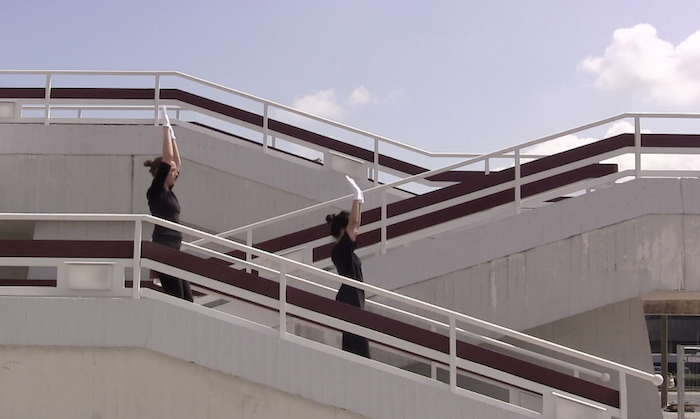
Welcome to Our new portfolio
Tu'un Savi, Language that Blooms
2024
Acrylic on canvas
"This piece is a comma of the word. In the image, a woman appears opening her mouth from which flowers emerge. They are lush, vibrant flowers of various colors floating in the wind. The woman's hair is the color of ñuu savi textiles from the coast of Pinotepa, Oaxaca; these textiles are dyed with purple snail shells, offering endless shades. Historically, the Tu'un Savi language of rain was censored in schools; children were punished and forced to silence their language in favor of learning Spanish. Nevertheless, there were people who resisted and preserved their mother tongue; today, it is part of oral communication in many indigenous communities. I painted this artwork to pay tribute to the linguistic and cultural resistance of ñuu savi, our people of the rain; who, despite discrimination and racism, dare to name themselves, sing, speak, write, paint, and dream in their mother tongue, Tu'un Savi, the language of rain."








